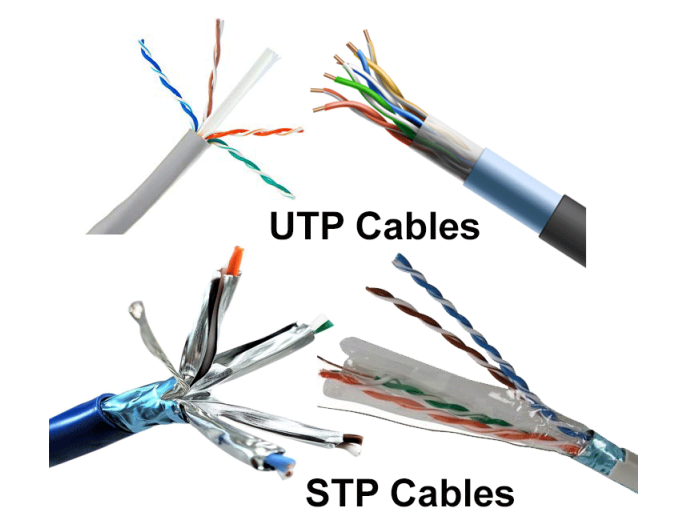News
Site Editor
 Site
https://leonetworkgroup.usa18.wondercdn.com/uploads/image/5fe152faa587d.png
Because they are fairly affordable, simple to install, and have a low resistance to electrical current, copper cables are particularly used in networks.
However, bear in mind that distance and signal interference severely restrict the use of this type of connection.
Site
https://leonetworkgroup.usa18.wondercdn.com/uploads/image/5fe152faa587d.png
Because they are fairly affordable, simple to install, and have a low resistance to electrical current, copper cables are particularly used in networks.
However, bear in mind that distance and signal interference severely restrict the use of this type of connection.
What Varieties Of Copper Cables Are Utilized In Networking?
Views: 6085
Author: Site Editor
Publish Time: 2022-10-13
Origin: Site
It is common knowledge that copper cable is currently the most popular kind of network cable media.
Additionally, there are three distinct kinds of this sort of cable that are typically utilized in various situations. We will look at every form of copper wire used in networking nowadays in this article.
Because they are fairly affordable, simple to install, and have a low resistance to electrical current, copper cables are particularly used in networks.
However, bear in mind that distance and signal interference severely restrict the use of this type of connection.
What Does Signal Attenuation Mean?
Data is transmitted via electrical impulses or pulses through copper connections. Therefore, a detector in the destination device's NIC must be able to receive and comprehend the signal by decoding it for the network connection to succeed.
The signal might weaken, though, if the data is transported over long distances via copper lines. This is sometimes referred to as signal attenuation. Therefore, it is crucial to understand all the constraints that could lead to network signal attenuation.
The electrical signals' "time" and "voltage" values are also susceptible to interference from two sources:
Ø Electromagnetic or radio frequency interference
These signals can tamper with and corrupt the data signals that copper wires are carrying.
Ø Crosstalk
This is a sort of disruption that can happen when a signal on one wire interacts with a signal on an adjacent line via an electric or magnetic field.
Consequently, a wire's electric current creates a circular magnetic field around it, which may have an impact on a nearby wire.

Types of Copper Cabling
1. Unshielded twisted-pair (UTP copper cable)
These days, this networking medium is the most popular. UTP cable is commonly used to connect various end devices with intermediary devices, such as routers and switches, and is terminated on both ends with RJ-45 connections.
This cable is constructed of four pairs of colored wires that are twisted together and covered in a plastic layer to prevent physical damage. Remember that twisting wires protects them from signal interference.
2. Shielded twisted-pair (STP copper cable)
Compared to UTP connections, STP copper cables offer better noise shielding. STP cables cost a lot more money and require a lot of installation expertise. RJ-45 connections and UTP cables are both used with STP cables.
Copper wires in STP cables can be shielded from electromagnetic interference and radio frequency interference using the shielding technique. Remember that twisted wires are also utilized in STP cables, preventing crosstalk.
In addition, STP cables have significantly less crosstalk because of the unique shielded STP data connections.
3. Coaxial cable
The two conductors in coaxial cables all have the same axis, therefore the name. Remember that there are other connector types, including the Bayonet Neill-Concelman (BNC), N-type, and F-type, that are used with coaxial cable.
Wireless installations and cable internet installations typically employ coaxial connections. In case you were unaware, cable service providers use a combination of coax and fiber-optic cable to connect their consumers to the internet.
Contact Us For Your High-Quality Copper Cable
Overall, copper cables are quite common in networks because they are inexpensive, simple to install, and have low electrical current resistance. Kindly Contact us for more information and to get your copper cable.
If you want to know more about industrial network cabinet,china fiber optic splice closure,china fiber optic distribution box,please consult the fiber optic splice closure factory




